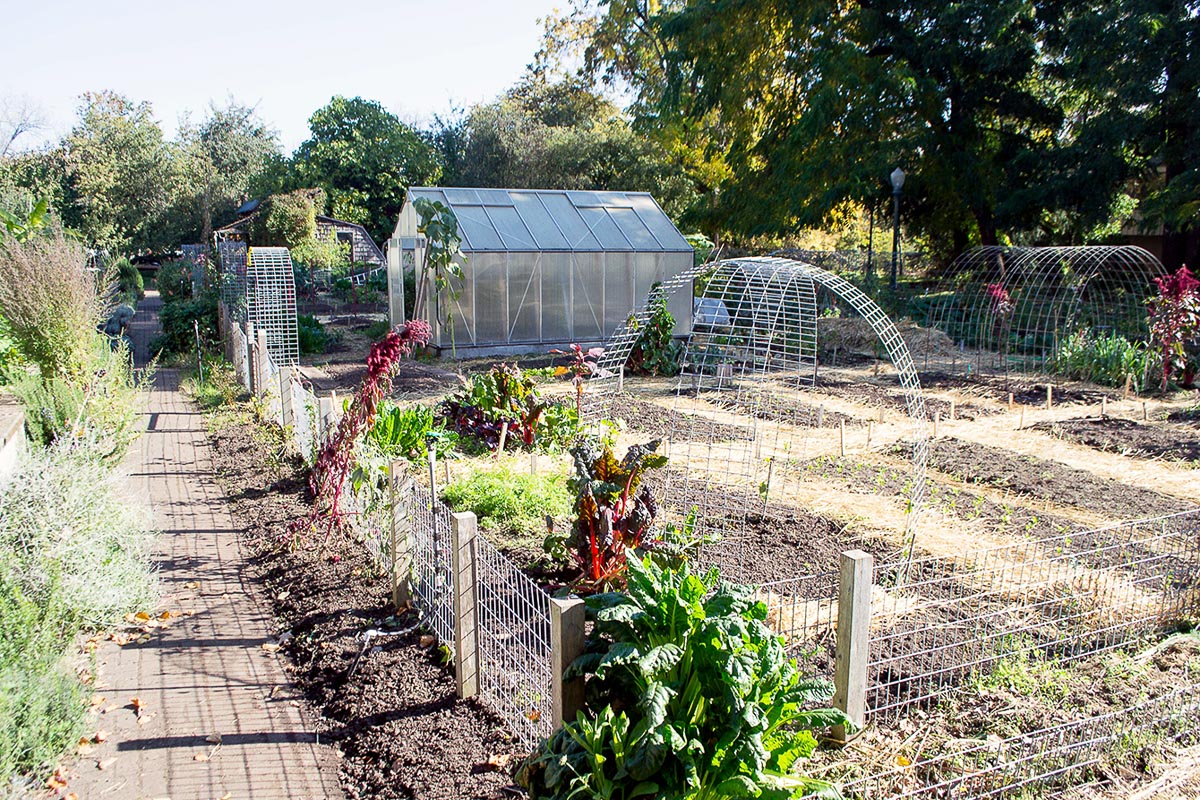The Ultimate Guide To City Blooming
The Ultimate Guide To City Blooming
Blog Article
See This Report on City Blooming
Table of Contents4 Easy Facts About City Blooming DescribedThe Best Guide To City BloomingUnknown Facts About City BloomingRumored Buzz on City BloomingIndicators on City Blooming You Need To Know
Fascinated in expanding food offer for sale in the City of Chicago? Assuming concerning beginning a community yard? Adjustments to the Chicago Zoning Regulation enable agricultural uses like community yards and metropolitan farms in several components of the city. Below is a list of regularly asked concerns regarding the guidelines and guidelines that growers should consider when preparing an urban agriculture project.
The zoning change does not change any type of other codes dealing with composting, structure licenses, buying or renting City possessed home, company licenses or ecological contamination. There are existing codes that control these concerns and they stay in complete impact and may be appropriate to your job. Area yards are commonly had or handled by public entities, public companies or community-based companies and maintained by volunteers.
Urban farms grow food that is meant to be offered, either on a not-for-profit or for-profit basis. Due to their industrial objective, city ranches call for a company permit.
Not known Factual Statements About City Blooming
Composting is enabled however just for plant product that is created and used on website. The amount of compost product can not surpass 25 cubic yards at any kind of given time according to the criteria in 7-28-715 of the City's Municipal Code. Yes. Since the dirt at a lot of brand-new yard sites needs amending, garden compost, soil, timber chips, or other materials can be gotten to build or enhance the expanding area - sustainability.

If a structure authorization is required after that the hoophouse will be considered an accessory structure. You can figure out even more regarding the structure license requirements by contacting the Department of Structures. The 25,000-square-foot size restriction is planned to stop a single neighborhood yard from controling a given block or taking away from the block's existing domestic or business personality.
The limitation does not apply to gardens situated in Public Open Area (POS) areas. Can there be even more than one neighborhood yard that is 25,000 square feet on a solitary block? Yes. The size restriction puts on private gardens, not to individual blocks. No. Secure fencing is not called for, nonetheless, yards that have huge parking lot might be needed to install fence or various other landscaping functions.
How City Blooming can Save You Time, Stress, and Money.
B1 & B2 districts require that all commercial usage activities be carried out inside your home. R districts limit industrial his comment is here activity. The laws show the function and intent of the Zoning Code. Is fencing needed for metropolitan ranches? Yes. Fencings might be needed, along with landscape design and testing, for sure vehicle parking areas and outside job or storage areas depending upon area and the certain task happening.
Yes. Urban farms call for structure authorizations and zoning authorizations prior to construction. Other types of city testimonial may be required depending upon details structures, activities, dimension, landscape design, licensing, public health and stormwater administration concerns. A lot of these requirements are recognized in the task design or permitting procedure, however, the applicant may be liable to separately determine certain licenses or permits that might be called for.
Yes. The type of permit is identified by what is happening at the website. The Department of Organization Matters and Customer Security can help determine the certain sort of service permit that's needed. Yes. Off street parking is needed for most industrial jobs in Chicago. The called for number of garage is based upon the number of workers dealing with website and not the square video of the expanding space.
City Blooming for Dummies

A city farm can sell compost material created on website, however, the procedure has to conform with the laws in 7-28-715 of the Chicago Municipal Code. Aquaponic systems are allowed inside on urban ranches in lots of zoning areas.
As much as five hives or colonies of honey bees might be maintained as an accessory usage. Nevertheless, beekeepers have to sign up with the Illinois Division of Farming. For more details regarding the recommended zoning change you may get in touch with the Department of Real Estate and Economic Advancement, Bureau of Preparation and Zoning at 312.744.8563.
Farming in cities and city locations An urban ranch in Chicago. Urban agriculture describes numerous methods of cultivating. https://justpaste.it/f89wv, handling, and dispersing food in urban areas. The term additionally uses to the location tasks of pet husbandry, aquaculture, beekeeping, and gardening in a city context. Urban farming is distinguished from peri-urban agriculture, which takes location in rural locations beside residential areas.
City Blooming - Truths
, who look for to develop social networks established on a shared principles of nature and neighborhood holism. These networks can create by way of official institutional assistance, coming to be incorporated right into local town planning as a "change community" movement for sustainable metropolitan growth.
The a lot more direct accessibility to fresh vegetable, fruit, and meat items that may be become aware through city agriculture can boost food protection and food security while reducing food miles, leading to reduced greenhouse gas emissions, therefore contributing to environment change mitigation. Several of the first proof of urban agriculture originates from Mesopotamia.
Report this page